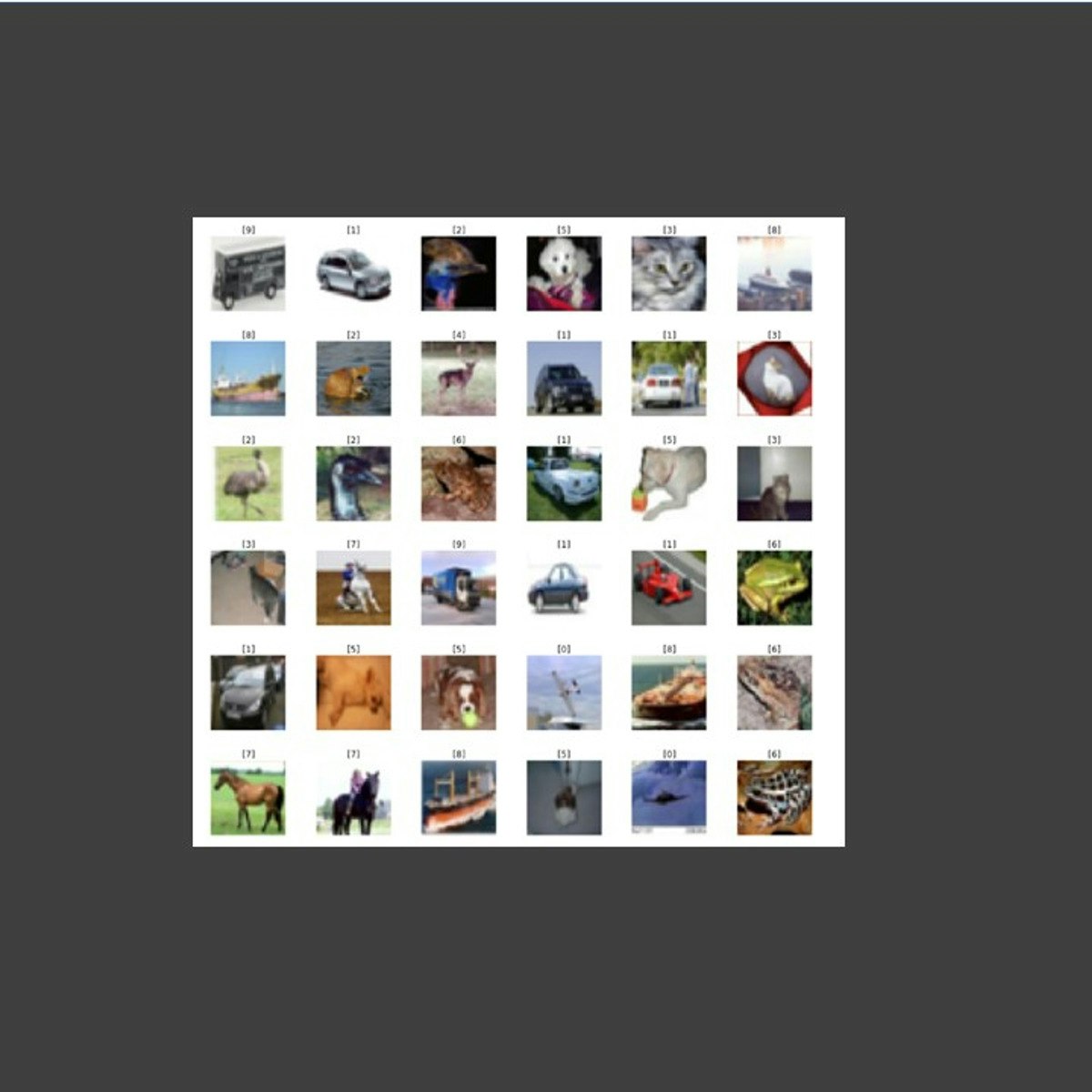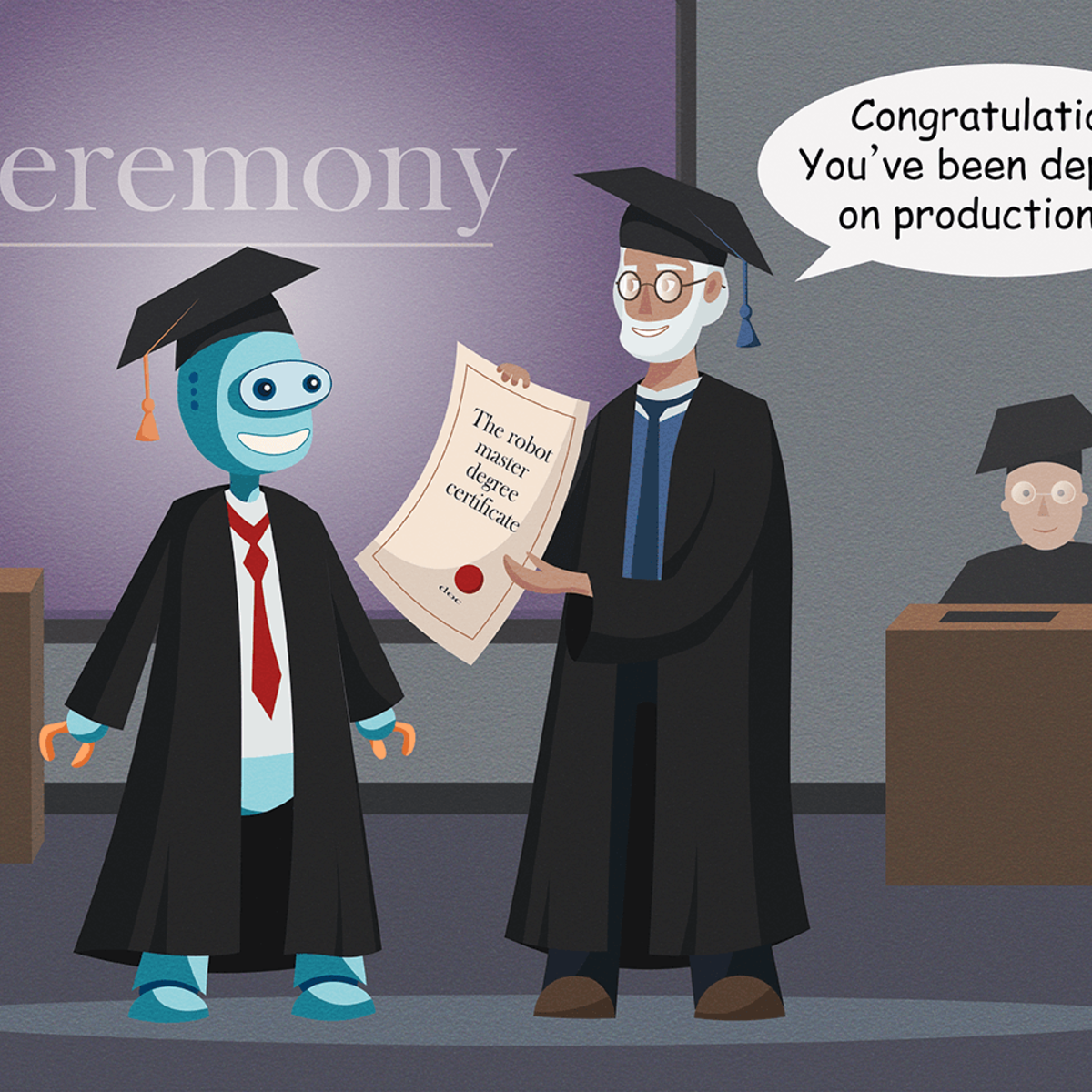Back to Courses









Machine Learning Courses - Page 9
Showing results 81-90 of 485

Computer Vision - Image Basics with OpenCV and Python
In this 1-hour long project-based course, you will learn how to do Computer Vision on images with OpenCV and Python using Jupyter Notebook.
This course runs on Coursera's hands-on project platform called Rhyme. On Rhyme, you do projects in a hands-on manner in your browser. You will get instant access to pre-configured cloud desktops containing all of the software and data you need for the project. Everything is already set up directly in your Internet browser so you can just focus on learning. For this project, you’ll get instant access to a cloud desktop with Python, Jupyter, and OpenCV pre-installed.
Prerequisites:
In order to be successful in this project, you should have a basic knowledge of Python.
Notes:
- You will be able to access the cloud desktop 5 times. However, you will be able to access instructions videos as many times as you want.
- This course works best for learners who are based in the North America region. We’re currently working on providing the same experience in other regions.

Predicting Credit Card Fraud with R
Welcome to Predicting Credit Card Fraud with R. In this project-based course, you will learn how to use R to identify fraudulent credit card transactions with a variety of classification methods and use R to generate synthetic samples to address the common problem of classification bias for highly imbalanced datasets—the class of interest (fraud) represents less than 1% of the observations.
Class imbalance can make it difficult to detect the effect independent variables have on fraud, ultimately leading to higher misclassification rates. Fixing the imbalance allows the minority class (fraud) to be better learned by the classifier algorithms.
After completing the project, you will be able to apply the methods introduced in the project to a wide range of classification problems that typically confront class imbalance, including predicting loan default, customer churn, cancer diagnosis, early high school dropout risk, and malware detection.
Note: This course works best for learners who are based in the North America region. We’re currently working on providing the same experience in other regions.

Cifar-10 Image Classification with Keras and Tensorflow 2.0
In this guided project, we will build, train, and test a deep neural network model to classify low-resolution images containing airplanes, cars, birds, cats, ships, and trucks in Keras and Tensorflow 2.0. We will use Cifar-10 which is a benchmark dataset that stands for the Canadian Institute For Advanced Research (CIFAR) and contains 60,000 32x32 color images. This project is practical and directly applicable to many industries.

Using R for Regression and Machine Learning in Investment
In this course, the instructor will discuss various uses of regression in investment problems, and she will extend the discussion to logistic, Lasso, and Ridge regressions. At the same time, the instructor will introduce various concepts of machine learning. You can consider this course as the first step toward using machine learning methodologies in solving investment problems. The course will cover investment analysis topics, but at the same time, make you practice it using R programming. This course's focus is to train you to use various regression methodologies for investment management that you might need to do in your job every day and make you ready for more advanced topics in machine learning.
The course is designed with the assumption that most students already have a little bit of knowledge in financial economics and R programming. Students are expected to have heard about stocks and bonds and balance sheets, earnings, etc., and know the introductory statistics level, such as mean, median, distribution, regression, etc. Students are also expected to know of the instructors' 1st course, 'Fundamental of data-driven investment.'
The instructor will explain the detail of R programming. It will be an excellent course for you to improve your programming skills but you must have basic knowledge in R. If you are very good at R programming, it will provide you with an excellent opportunity to practice again with finance and investment examples.

Machine Learning for Investment Professionals
This course is uniquely tailored to the needs of investment professionals or those with investment industry knowledge who want to develop a basic, practical understanding of machine learning techniques and how they are used in the investment process. Incorporating real-life case studies, this course covers both the technical and the “soft skills” necessary for investment professionals to stay relevant.
In this course, you will learn how to:
- Distinguish between supervised and unsupervised machine learning and deep learning
- Describe how machine learning algorithm performance is evaluated
- Describe supervised and unsupervised machine learning algorithms and determine the problems they are best suited for
- Describe neural networks, deep learning nets, and reinforcement learning
- Choose an appropriate machine learning algorithm
- Describe the value of integrating machine learning and data projects in the investment process
- Work with data scientists and investment teams to harness information and insights from within large and alternative data sets
- Apply the CFA Institute Ethical Decision-Making Framework to machine learning dilemmas
This course is part of the Data Science for Investment Professionals Specialization offered by CFA Institute.

Building a Fraud Detection Model with Vertex AI AutoML
This is a self-paced lab that takes place in the Google Cloud console.
In this lab you will use Vertex AI to train and serve a model with tabular data. You will build a fraud detection model to determine whether a particular credit card transaction should be classified as fraudulent.

Recommendation Systems on Google Cloud
In this course, you apply your knowledge of classification models and embeddings to build a ML pipeline that functions as a recommendation engine.
This is the fifth and final course of the Advanced Machine Learning on Google Cloud series.

Four Rare Machine Learning Skills All Data Scientists Need
This course covers the most neglected yet critical skills in machine learning, four vital techniques that are very rarely covered – most courses and books omit them entirely.
1) UPLIFT MODELING (AKA PERSUASION MODELING): When you're modeling, are you even predicting the right thing?
2) THE ACCURACY FALLACY: When evaluating how well a model works, are you even reporting on the right thing?
3) P-HACKING: Are your simplest discoveries from data even real?
4) THE PARADOX OF ENSEMBLE MODELS: Do you understand how they work, even though they seem to defy Occam's Razor?
>> WHY THESE ADVANCED METHODS ARE ESSENTIAL: Each one addresses a question that is fundamental to machine learning (above). For many projects, success hinges on these particular skills.
>> NO HANDS-ON – BUT FOR TECHNICAL LEARNERS: This course has no coding and no use of machine learning software. Instead, it lays the conceptual groundwork before you take on the hands-on practice. When it comes to these state-of-the-art techniques and prevalent pitfalls, there's a foundation of conceptual knowledge to build before going hands-on – and you'll be glad you did.
>> VENDOR-NEUTRAL: This course includes illuminating software demos of machine learning in action using SAS products. However, the curriculum is vendor-neutral and universally-applicable. The contents and learning objectives apply, regardless of which machine learning software tools you end up choosing to work with.

Deploy Models with TensorFlow Serving and Flask
In this 2-hour long project-based course, you will learn how to deploy TensorFlow models using TensorFlow Serving and Docker, and you will create a simple web application with Flask which will serve as an interface to get predictions from the served TensorFlow model.
This course runs on Coursera's hands-on project platform called Rhyme. On Rhyme, you do projects in a hands-on manner in your browser. You will get instant access to pre-configured cloud desktops containing all of the software and data you need for the project. Everything is already set up directly in your Internet browser so you can just focus on learning. For this project, you’ll get instant access to a cloud desktop with (e.g. Python, Jupyter, and Tensorflow) pre-installed.
Prerequisites:
In order to be successful in this project, you should be familiar with Python, TensorFlow, Flask, and HTML.
Notes:
- You will be able to access the cloud desktop 5 times. However, you will be able to access instructions videos as many times as you want.
- This course works best for learners who are based in the North America region. We’re currently working on providing the same experience in other regions.

Cloud Machine Learning Engineering and MLOps
Welcome to the fourth course in the Building Cloud Computing Solutions at Scale Specialization! In this course, you will build upon the Cloud computing and data engineering concepts introduced in the first three courses to apply Machine Learning Engineering to real-world projects. First, you will develop Machine Learning Engineering applications and use software development best practices to create Machine Learning Engineering applications. Then, you will learn to use AutoML to solve problems more efficiently than traditional machine learning approaches alone. Finally, you will dive into emerging topics in Machine Learning including MLOps, Edge Machine Learning and AI APIs.
This course is ideal for beginners as well as intermediate students interested in applying Cloud computing to data science, machine learning and data engineering. Students should have beginner level Linux and intermediate level Python skills. For your project in this course, you will build a Flask web application that serves out Machine Learning predictions.
Popular Internships and Jobs by Categories
Find Jobs & Internships
Browse
© 2024 BoostGrad | All rights reserved